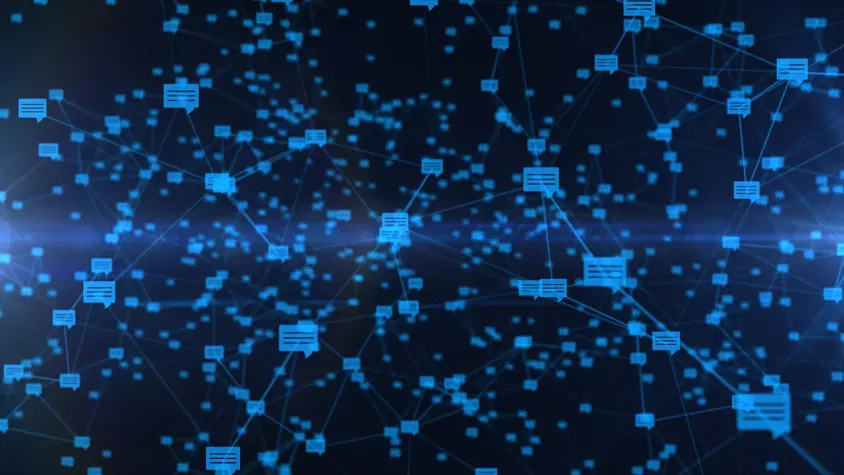Knowledge sharing is key to successful modernization
Modernization can unlock a wealth of organizational potential. Whether amplifying innovation or enhancing the speed needed to respond to shifting demands, modernization can bring big benefits in improved service delivery and user satisfaction. To get the most out of these initiatives, your modernization strategy must align with your existing technology landscape and future goals.
A key part of effective modernization is maintaining legacy production, while still preparing for and executing modernization projects. Maintaining legacy production helps prevent disruptions and ensure a more seamless transition to your modern systems. This requires support teams with deep knowledge of the application's technology, design, and operations. When technical and institutional knowledge is limited to a few individuals, it can delay defect resolution, hinder resource reallocation to strategic initiatives, and slow down new team member onboarding. To mitigate these risks, documenting and transferring application knowledge among multiple team members is essential. Knowledge sharing and transfer ensures smooth operations and drives successful modernization and other strategic efforts.
Identifying knowledge gaps or concerns
Comprehensive knowledge ensures legacy systems can be maintained effectively and new systems can be implemented successfully. Knowledge gaps pose vulnerabilities, particularly if key personnel leave, leading to potential mistakes and defects. Addressing these gaps allows support operations to continue smoothly, enabling swift issue resolution and improved user satisfaction.
Key steps to identify institutional knowledge gaps include:
- Assessing current support: Evaluate application support to pinpoint knowledge deficiencies by reviewing support tickets, identifying common queries, and gathering user feedback. Develop a form or survey from these findings to guide meetings with the support team.
- Conducting interviews: Use an assessment-based form to gather information from support team members about their job responsibilities, operational activities, and required skills. Inquire about documentation levels and identify backup personnel for each role, ensuring a consistent interview approach and confirmation of secondary responsibilities.
- Analyzing documentation: Review existing documentation highlighted in interviews to identify incomplete or outdated areas.
By identifying knowledge gaps, you can proactively address issues that may arise throughout your modernization journey, better equipping your teams with the information they need to be successful.
Knowledge transfer to secondary support resources
Once you’ve identified knowledge gaps and gathered supporting information from team members, you can develop a plan to prioritize, estimate, and schedule the knowledge transfer effort. Knowledge transfer ensures that critical information is available from multiple sources, rather than a single individual or team. Knowledge sharing to secondary support resources provides an extra layer of protection against business disruption.
When planning your knowledge sharing initiatives, prioritize gaps based on the business impact if the knowledge holder were to leave, and focus on recurring activities that don’t have backup personnel.
Key activities for transitioning knowledge to secondary support resources include:
- Structured knowledge transfer plans: Develop a plan with timelines, responsible parties, and transfer methods. Assign complexity values and estimate completion days for each knowledge gap item, based on complexity.
- Training and mentoring: Conduct regular, recorded training sessions where subject matter experts (SMEs) present knowledge topics to secondary team members. These team members can then update or create documentation for review and approval by the SME, providing a source of truth for critical institutional knowledge. Ensure secondary resources grasp the documented information and can apply it effectively.
- Proficiency tracking: Track secondary resource proficiency levels—low, medium, or high—defining what each proficiency level would mean. Set goals for reaching medium proficiency within 30 days for simple/medium-complexity knowledge items and 60 days for high-complexity items. Keep an inventory of knowledge items, primary and secondary support individuals, and proficiency levels with attainment dates for performance tracking.
- Feedback mechanisms: Implement ongoing feedback and updates to maintain current and relevant knowledge, including user performance feedback, service level agreement (SLA) performance for secondary resources, and SME time allocation between strategic and legacy support efforts.
Expanding your knowledge base beyond a few key stakeholders allows for easy transfer of information, providing a much-needed repository of knowledgeable team members who can step in where needed. This ensures that everyone involved in your modernization initiatives, whether maintaining legacy production or moving the modernization project forward, is up-to-speed.
Balance legacy and modern technology with effective knowledge sharing
Maintaining effective legacy production applications while preparing for modernization is imperative to prevent disruption. This demands a thorough understanding of application technology, design, and operations across support teams, and this can only be achieved with effective knowledge capture and transfer.
By identifying technical and institutional knowledge deficiencies, conducting structured interviews, and analyzing existing documentation, organizations can prioritize and plan knowledge transfer to secondary support resources. Implementing training, mentoring, proficiency tracking, and feedback mechanisms ensures continuity and efficiency, enhancing the success of modernization and strategic initiatives. This approach not only mitigates risks but also empowers teams to support organizational growth and resilience.
CAI has over 30 years of experience providing application modernization and support to our clients. We’ve performed hundreds of transition-in efforts during that time, including application knowledge transfer efforts to new or existing team resources.
If you’re interested in discussing the improved flexibility and reduced risk that a knowledge management strategy can bring, fill out the form below.




